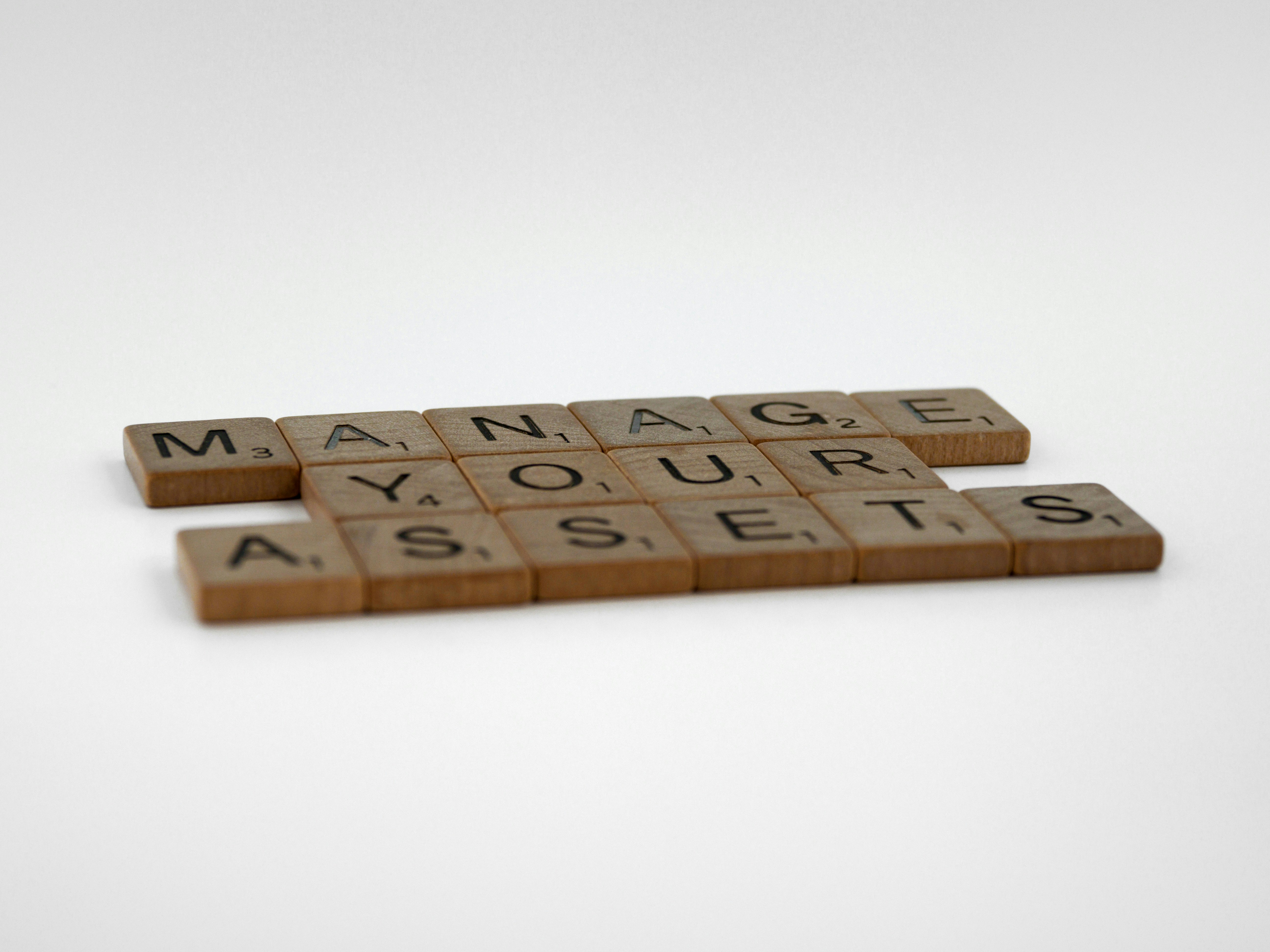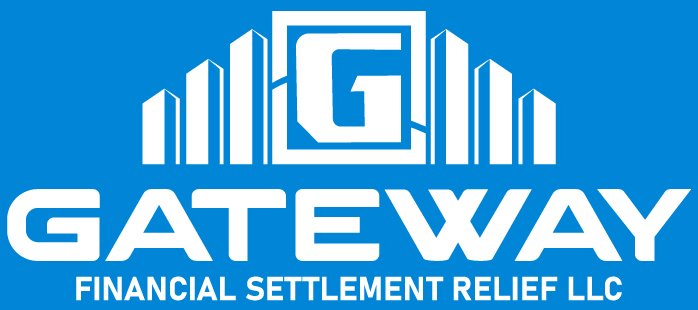Understanding the Impact of a Disaster
Experiencing a disaster that results in the loss of a home is a profoundly challenging event that carries both immediate and long-term financial implications. The emotional and psychological toll of such an experience can significantly affect an individual’s financial decision-making, exacerbating the trauma of displacement. Stress, anxiety, and uncertainty following the loss can lead to choices that may not align with one’s best financial interests, potentially increasing the likelihood of accruing debt.
In the immediate aftermath of a disaster, victims often face unexpected expenses that were previously unaccounted for. These costs can include temporary housing, replacement of personal belongings, and the necessity of travel or logistical services while seeking basic needs. Furthermore, the time spent in recovery may lead to missed work opportunities, resulting in a decreased income and heightened financial strain. According to recent statistics, survivors may experience a rise in personal debt by as much as 25% in the months following a disaster, underscoring the overwhelming financial challenges that arise.
Individual accounts from those who have endured similar experiences highlight the burden of recovering from such hardships. Many report the presence of hidden costs that emerge during the recovery process, including medical expenses and psychological support, which further complicate their financial situation. Experts in disaster recovery emphasize the importance of a strategic approach to rebuilding finances, suggesting that victims prioritize debt management to regain stability.
Ultimately, the intersection of emotional distress and unforeseen financial burdens creates a unique set of challenges for disaster victims. Understanding these impacts is crucial for developing effective strategies that enable individuals to navigate through the complexities of recovery, ultimately helping them reclaim their financial life.
Assessing Your Current Financial Situation
Following the loss of a home in a disaster, the first step towards financial recovery is to thoroughly assess your current financial situation. This assessment involves creating a comprehensive list of all assets, which includes any remaining property, savings accounts, personal belongings, and potential income sources. Identifying what you still possess is crucial for understanding your financial standing and planning your next steps.
Next, it is essential to evaluate your liabilities. List all outstanding debts, including mortgages, credit card balances, personal loans, and any other obligations. Understanding your total debt load not only highlights the challenges ahead but helps you formulate a repayment strategy. Additionally, it enables you to prioritize which debts may require immediate attention based on interest rates or consequences of non-payment.
To gain a clear picture of your financial situation, track your monthly income sources. If you have lost your primary income due to the disaster, consider any alternate sources available, such as unemployment benefits, side jobs, or support programs. Documenting all income streams will allow you to create a realistic budget that reflects your current capabilities.
Don’t overlook your expenses. Compile a detailed list of monthly expenditures, including essential items such as food, transportation, healthcare, and utilities. Understanding both your necessary and discretionary spending is vital to identify areas where you can reduce costs. This overview will also be instrumental in negotiations with creditors, as you may need to demonstrate your financial position to seek adjusted payment plans or relief measures.
Overall, this comprehensive assessment will provide a clear starting point for your recovery journey. Additionally, consider consulting with financial advisors or professionals who specialize in debt management to gain insights into understanding financial statements and negotiating effectively with creditors. This initial groundwork is a critical step in rebuilding your financial life post-disaster.
Creating a Realistic Budget
Establishing a budget is a critical step in rebuilding your financial life, especially after experiencing a significant loss, such as losing your home in a disaster. A well-structured budget serves not only as a financial roadmap but also helps in identifying your new financial reality. The first step in creating a realistic budget involves understanding its key components, which include income, expenses, savings, and debt obligations.
Begin by assessing your total income, which includes salary, government assistance, or any other sources of revenue. Next, list all your expenses, categorizing them into fixed and variable costs. Fixed costs are typically consistent each month, such as rent, utilities, and loan repayments. Variable costs may fluctuate and include groceries, transportation, and entertainment. This classification will help you to distinguish between your needs and wants—the essentials required for daily living versus discretionary spending.
Once you gain a clear picture of your financial inflow and outflow, it becomes essential to prioritize your expenses. Concentrate first on necessary needs, such as housing, food, healthcare, and transportation. After ensuring that your essential needs are met, allocate funds for debt repayment and savings. It is advisable to set aside a small portion of your income for savings or an emergency fund, as this will prepare you for unexpected expenses going forward.
To facilitate the budgeting process, consider utilizing budgeting tools such as apps or worksheets. Applications like Mint and YNAB (You Need a Budget) provide user-friendly platforms for tracking expenses in real-time while helping you monitor your budget effectively. Traditional pen-and-paper worksheets also work well for those who prefer a manual approach. By consistently monitoring your financial status and adapting your budget as necessary, you can reignite your journey towards financial stability and independence.
Prioritizing Debt Repayment Strategies
After experiencing the trauma of losing a home due to a disaster, managing debt effectively becomes crucial for rebuilding one’s financial life. The first step in this journey is to organize debts strategically. Two popular methodologies that can assist in this process are the snowball and avalanche methods. These methods enable individuals to systematically tackle their obligations and regain control over their financial situation.
The snowball method focuses on paying off debts starting from the smallest balances to the largest. This approach can provide psychological benefits, as clearing smaller debts first creates a sense of accomplishment that can motivate individuals to continue their debt repayment journey. Conversely, the avalanche method prioritizes debts based on interest rates, where one pays off the highest interest debts first. By doing so, individuals can potentially save more money on interest over time, leading to a more cost-effective repayment plan.
It’s essential to evaluate personal circumstances when determining which strategy to adopt. Prioritization should also take into account the terms of each debt and the individual’s capacity to make payments. Listing debts along with their respective balances and interest rates creates visibility, allowing for a more informed decision-making process.
In addition to these methods, negotiating with creditors can play a pivotal role in debt repayment. Individuals can reach out to lenders and request lower interest rates or propose settlements that may ease their financial obligations. Utilizing these tools not only facilitates debt management but also illustrates proactive engagement with creditors, potentially leading to more favorable repayment arrangements. Ultimately, a thoughtful approach to prioritizing debts can empower individuals to restore their financial stability and work toward a secure future.
Exploring Financial Assistance Options
After experiencing a disaster that results in the loss of a home, individuals often face significant financial distress. Fortunately, various financial assistance options are available to help those in need recover and rebuild their lives. Government grants, loans, and support from nonprofit organizations can provide essential resources to ease the burden of financial instability.
The Federal Emergency Management Agency (FEMA) offers disaster relief programs that may include grants for temporary housing, home repairs, and other disaster-related expenses. To access these grants, applicants typically need to register with FEMA and provide documentation regarding the disaster’s impact on their lives. Understanding the eligibility requirements is crucial; applicants must demonstrate that their financial situation has changed due to the disaster.
In addition to FEMA assistance, low-interest loans are often available through the Small Business Administration (SBA) for homeowners and businesses affected by disasters. These loans can be used to repair or replace damaged property. The application process involves providing financial information, proof of the disaster’s impact, and a summary of intended use. This financial support can be a vital step in rebuilding, offering more manageable repayment options than traditional loans.
Nonprofit organizations also play a significant role in assisting those affected by disasters. Many local charities and national organizations provide financial aid, housing assistance, and job training programs. Success stories abound among individuals who have utilized these resources, showcasing the life-changing effects of timely assistance. For example, many have reported that community support networks not only helped them secure funds but also fostered emotional resilience and solidarity during challenging times.
By exploring these various financial assistance options, those who have lost their homes can find the necessary support for recovery. Understanding the application processes and eligibility requirements is essential for making informed decisions and taking the first steps toward financial stability.
Rebuilding Your Emergency Fund
Establishing an emergency fund is crucial for anyone looking to rebuild their financial life, especially after experiencing a disaster that has resulted in significant financial strain. This fund serves as a financial buffer, helping to prevent further debt and providing a sense of security during unforeseen circumstances. The general recommendation is to save three to six months’ worth of living expenses, but for those starting from scratch or on a tight budget, even a smaller goal can offer substantial peace of mind.
To initiate the process of building your emergency fund, begin by assessing your current financial situation. List out essential monthly expenses, such as housing, utilities, groceries, and transportation. This overview will not only help determine the ideal size of your emergency fund, but it will also shed light on areas where you can economize. Setting a small, realistic savings goal — for instance, aiming to save $500 or $1,000 initially — can help set your fund in motion. As you gain more financial stability, you can gradually increase this target.
Next, consider establishing a separate savings account specifically for your emergency fund. Look for accounts that offer high interest rates with minimal fees, as this will allow your savings to grow over time. Online banks often provide competitive interest rates, making them an attractive option. Additionally, consider automating your savings by setting up a direct deposit from your paycheck into this account. By treating savings like a necessary expense, you minimize the temptation to spend the money elsewhere.
Ultimately, the key to rebuilding your emergency fund lies in consistency and disciplined saving. Whether you contribute daily, weekly, or monthly, maintaining a steady habit will lead to gradual growth. This proactive approach not only helps secure your financial future but also builds confidence in your ability to handle unpredictable events effectively.
Improving Financial Literacy and Skills
Financial literacy plays a pivotal role in empowering individuals to manage their finances effectively, particularly after experiencing significant setbacks such as losing a home due to a disaster. To rebuild one’s financial life, enhancing knowledge and skills in financial management is essential. This process begins with understanding basic financial principles, such as budgeting, saving, and investing. The ability to create a budget allows individuals to track their income and expenditures, helping them to identify areas where they can cut back and allocate funds toward debt repayment.
There are numerous resources available for individuals looking to improve their financial literacy. A wealth of information can be found in well-regarded personal finance books, such as “The Total Money Makeover” by Dave Ramsey and “Your Money or Your Life” by Vicki Robin. These texts provide foundational knowledge and actionable steps toward financial recovery. Additionally, online platforms like Coursera and Udemy offer comprehensive courses that cover a range of topics related to personal finance, including budgeting, investment strategies, and credit management. By pursuing these educational opportunities, individuals can build their skills at their own pace and convenience.
Workshops and webinars are also effective ways to enhance financial literacy. Many non-profit organizations and community centers host free or low-cost financial literacy workshops that cover essential topics such as debt management and credit repair. Attending these sessions provides participants with valuable insights as well as opportunities to engage with knowledgeable instructors and fellow attendees.
Furthermore, seeking mentorship and financial counseling services can provide personalized guidance during challenging times. Professional financial counselors can assess one’s unique situation and recommend tailored strategies for improving financial health. By actively pursuing these resources and seeking guidance when needed, individuals can take meaningful steps toward managing their finances more effectively, avoiding previous pitfalls, and ultimately achieving greater financial stability.
Considering Future Housing Options
After experiencing the trauma of losing a home due to a disaster, navigating the complexities of future housing options can seem overwhelming. However, a thoughtful approach can pave the way for a stable living situation. The first step is to explore rental options. Renting may provide the necessary flexibility as individuals reassess their financial circumstances. This option allows for easier cash flow management, particularly for those still dealing with debt or unforeseen costs stemming from recovery efforts. It is advisable to consider the rental market in an area that aligns with one’s budget and lifestyle needs.
Additionally, purchasing a new home may also be viable depending on one’s financial recovery. Although this path may require a more extensive commitment, it can yield long-term benefits. First-time homebuyers programs, government assistance, and grants designed specifically for disaster victims can significantly ease the financial burden of securing a new property. Before proceeding, individuals should meticulously evaluate their credit scores, budgeting capabilities, and market conditions to ensure they are prepared for such a substantial investment.
Temporary housing solutions should not be overlooked in the pursuit of a stable living situation. Options such as short-term rentals, extended stay hotels, or living with family and friends can provide critical breathing room while navigating a longer-term plan. These arrangements allow for time to rebuild financial strength and evaluate permanent housing options without the pressure often associated with immediate purchasing or leasing commitments.
Ultimately, selecting the right housing solution involves careful consideration of personal circumstances, future stability, and financial resources. It is pertinent to factor in the compatibility of location with one’s work, schools, and community ties, as these elements significantly contribute to the overall quality of life following a disaster. By thoughtfully weighing all available housing options, individuals can better position themselves for a successful rebuilding of their financial life.
Staying Motivated and Positive Throughout the Process
Rebuilding your financial life after losing a home in a disaster can feel overwhelming, but maintaining a positive mindset is vital in this recovery journey. The key to staying motivated lies in setting small, achievable goals that can gradually lead to larger achievements. These goals create a roadmap for your recovery, allowing you to focus on one step at a time. For instance, rather than fixating solely on the debt you face, consider breaking it down into smaller targets, such as saving a specific amount each month or reducing discretionary spending. Each milestone reached can invigorate your determination and provide a sense of accomplishment.
Additionally, it is crucial to celebrate your progress, no matter how trivial it may seem. Recognizing and rewarding yourself for even the smallest of achievements can significantly boost your morale. You might treat yourself to a special meal or engage in a favorite activity when you meet a financial goal. These moments of positivity not only reinforce your commitment to the recovery process but also serve to remind you of your resilience in the face of adversity.
Moreover, surrounding yourself with supportive friends, family, or support groups can make a substantial difference. Engaging with individuals who understand your struggles creates a sense of belonging and can provide emotional support when challenges arise. Sharing your experiences with those who have faced similar adversities can help you maintain focus and find inspiration amidst setbacks.
Personal stories of resilience stand as powerful motivators. Many individuals have faced financial ruin only to rebuild their lives stronger than ever. Reading about their journeys can provide encouragement and remind you that recovery is not only possible but also can result in unexpected personal growth. Embrace the journey, stay committed, and focus on the positivity that each small step brings you closer to financial stability.


